By Sean Fagan..
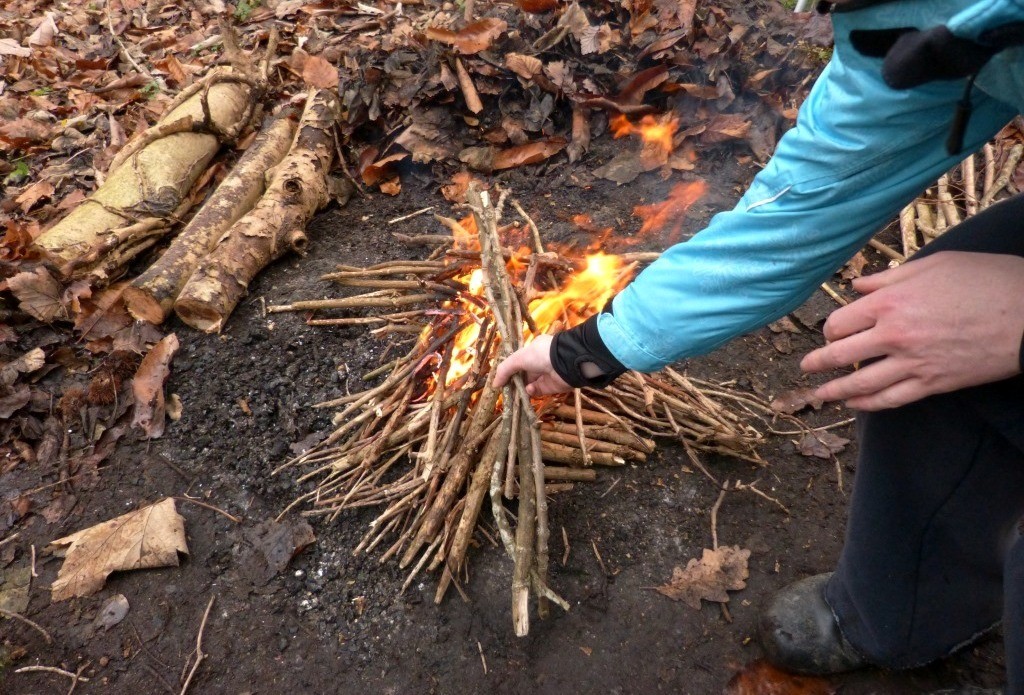
The starting flames of a small twig fire (composed of dry elder and hazel twigs). The small twig fire is one of the most effective means of lighting a campfire in a woodland (Photo: Sean Fagan).
.
The small-twig fire is a mainstay among bushcrafters and outdoor enthusiasts that ignite campfires in woodlands...
And for good reason - it's effective.
Like many bushcraft skills, the small-twig fire is a subtle skill-set that requires a lot of experience to master (especially during inclement weather).
One of the golden rules of the small-twig fire is always to collect dead, dry, standing twigs for kindling.
It's important not to collect living (green) twigs but dead twigs that are still attached to living trees or fallen dead twigs that have become entangled within the branches of standing trees (most dead twigs on the woodland floor are too damp for fires).
But it's not as simple as randomly collecting dry twigs to light a fire - why? because some twigs are a lot more flammable than others...
Learn more about my thoughts on kindling twigs - and five of my favourite broad-leaf, kindling twigs.
.
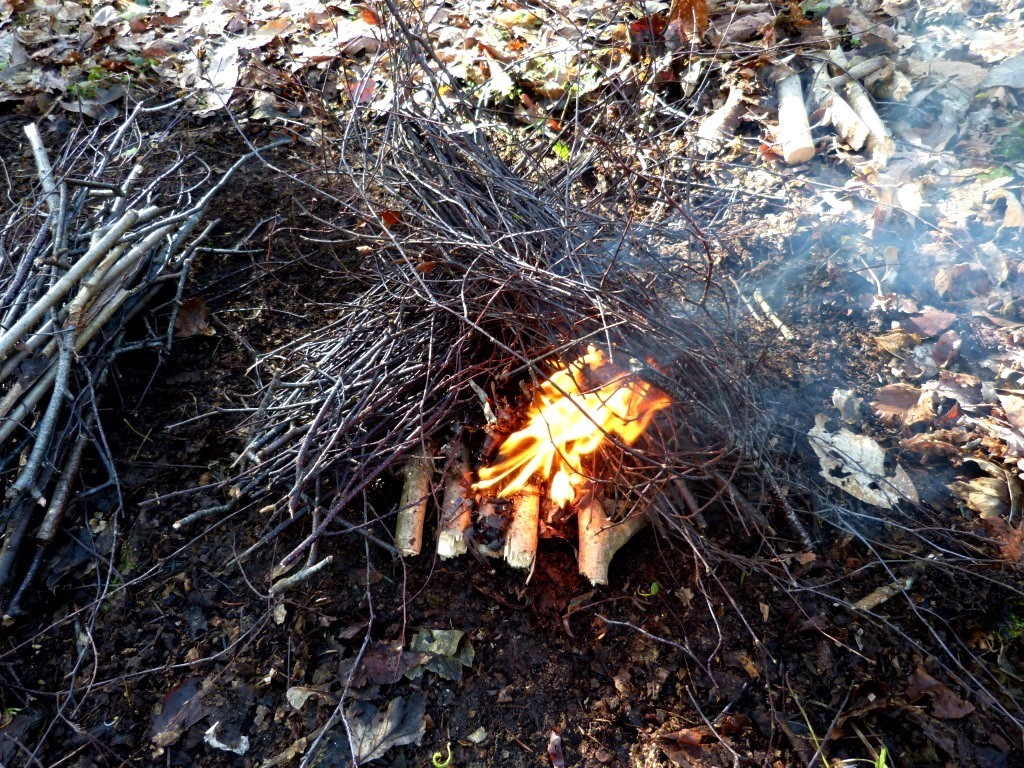
With some birch bark as tinder I managed to ignite the kindling twigs (which were also birch), (Photo: Sean Fagan).
.
Not all Twigs are Equal in terms of Flammability
.
Some twigs are more flammable than others, often by a significant margin.
Simply put, knowing which tree species has the best twigs for kindling and which are mediocre or poor can give you a serious edge in terms of fire-lighting success.
So I've compiled a brief list of some of my favourite twigs when lighting fires in the temperate lands of my home country of Ireland (Ireland can best be described as a damp country. It's a very good country for testing fire-lighting skills).
You may think this article is exclusive to the trees of Ireland. That's not the case as you can always experiment with finding the best kindling twigs in your home country and further afield.
Regardless of where you some from - all kindling twigs should be:
- very dry
- dead but firm (many dead twigs are 'punky' i.e. soft in texture and damp)
- long as possible (long twigs are easier to arrange into more stable fire-lays than short twigs)
- thin as possible (thinner twigs catch fire far more easily than thicker twigs)
.
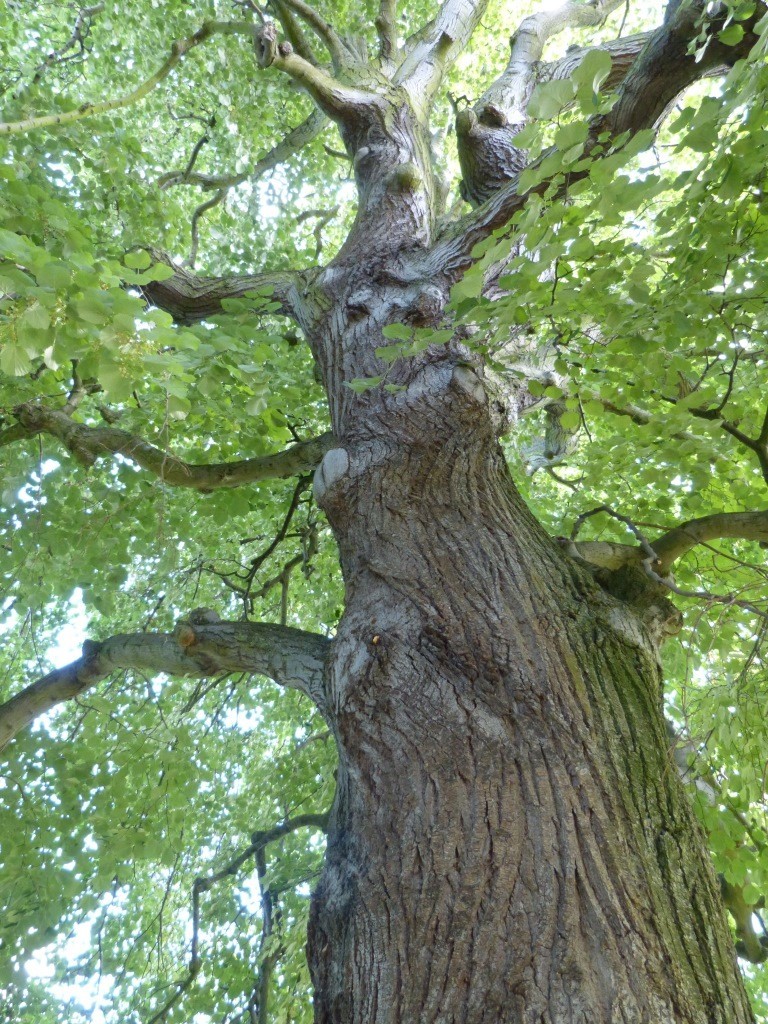
Deciduous trees are a great natural resource for many bushcrafters, not least for the flammable dead twigs still attached to the trees (Photo: Sean Fagan, mature lime tree).
.
A few crucial Points...
.
All the tree species featured in this article are native, widespread and common throughout Ireland. The probability of finding these tree species on a ramble in Ireland is pretty high.
But I've also included these tree species because they are somewhat common throughout their broad, geographic range. Geographic ranges which greatly extend beyond the confines of Ireland's coastal edges.
Some of these tree species inhabit many countries - even more than one continent.
There is no point sharing with you some of my favourite tree species that I use for optimal kindling, if those very tree species are generally uncommon or rare throughout their range.
There should be a broader, more universal usefulness for bushcrafters.
Another thing, the five tree species featured in this article are deciduous (broad-leaf) trees. As a general rule, coniferous trees such as pine, fir and larch trees have highly flammable twigs (because they often contain combustible chemicals).
This is generally not the case with deciduous trees. Many bushcrafters (including myself) like to practise bushcraft in deciduous woodlands - so knowing which deciduous twigs are optimal in terms of flammability is important for fire-lighting success.
.
.
5 Deciduous Tree Species that are Great for Kindling
.
- ELDER (Sambucus spp.)
.
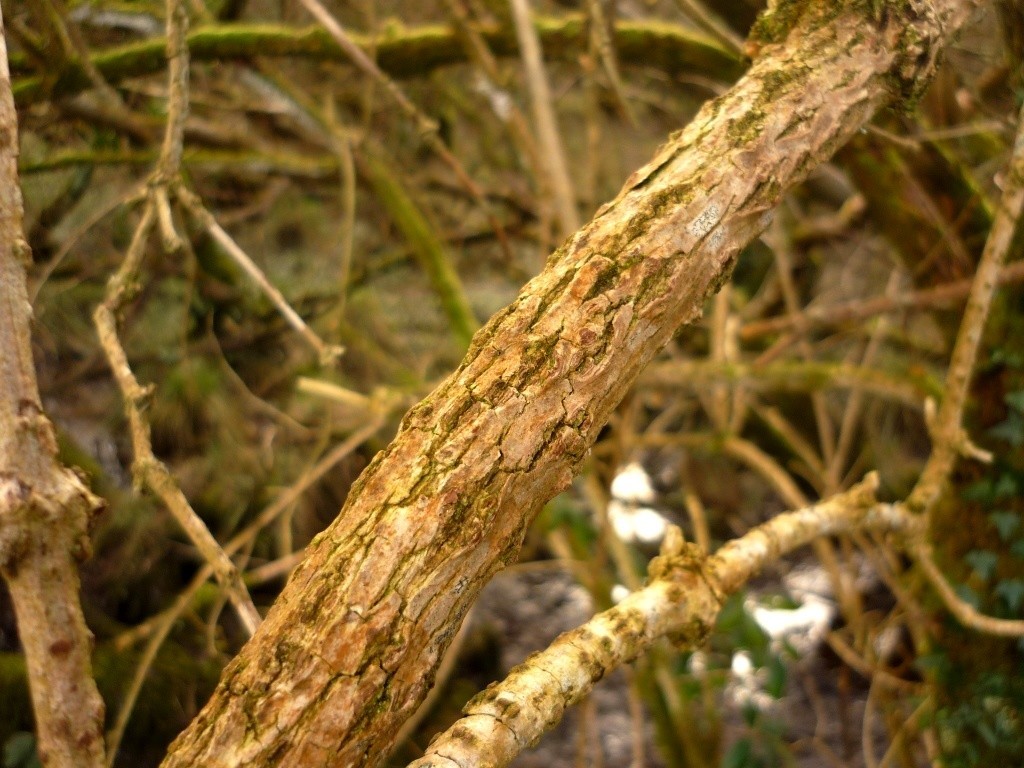
Most elders have a distinctly pale, corky, cracked bark (Photo: Sean Fagan).
.
This generally small, shrubby tree is often much maligned. For some bizarre reason I know quite a few people that dislike the appearance of elder trees.
Traditionally, the elder was often seen through a distorting light. In Ireland there was a belief that elder wood was considered bad luck to burn in a household, as it was believed that the face of the devil will be seen in the flames of burning elder wood.
Personally, I can't get enough of this enigmatic tree.
As a source of kindling its pretty amazing in terms of quality and quantity of kindling.
Elder trees usually have an abundance of dead, thin twigs still attached to the tree. These twigs are quite combustible as they are often exceptionally dry, often bark-less (bark usually retains moisture). Also, many of the twigs have a dry, pithy interiour - adding to their flammability.
There are only 10 species of elder trees worldwide which may not seem much - but quite a few elder species have a very broad geographic range - occurring across a great swathe of land (throughout large parts of North America and Europe, for example).
The Black or European Elder (Sambucus niger) is common throughout much of Europe.
Across the Atlantic ocean, the American Black Elder (Sambucus canadensis) is common throughout much of the eastern side of North America.
The Red Elder (Sambucus racemosa) is another noteworthy elder occurring across North America, Europe and parts of Asia.
All in all, elders are well worth getting to know.
.
*The key ID features of the European Elder can be found here.
.
.
2. WILLOW (Salix spp.)
Irish name: Saileach (Pronounced sail-ach or sail-ache)
.
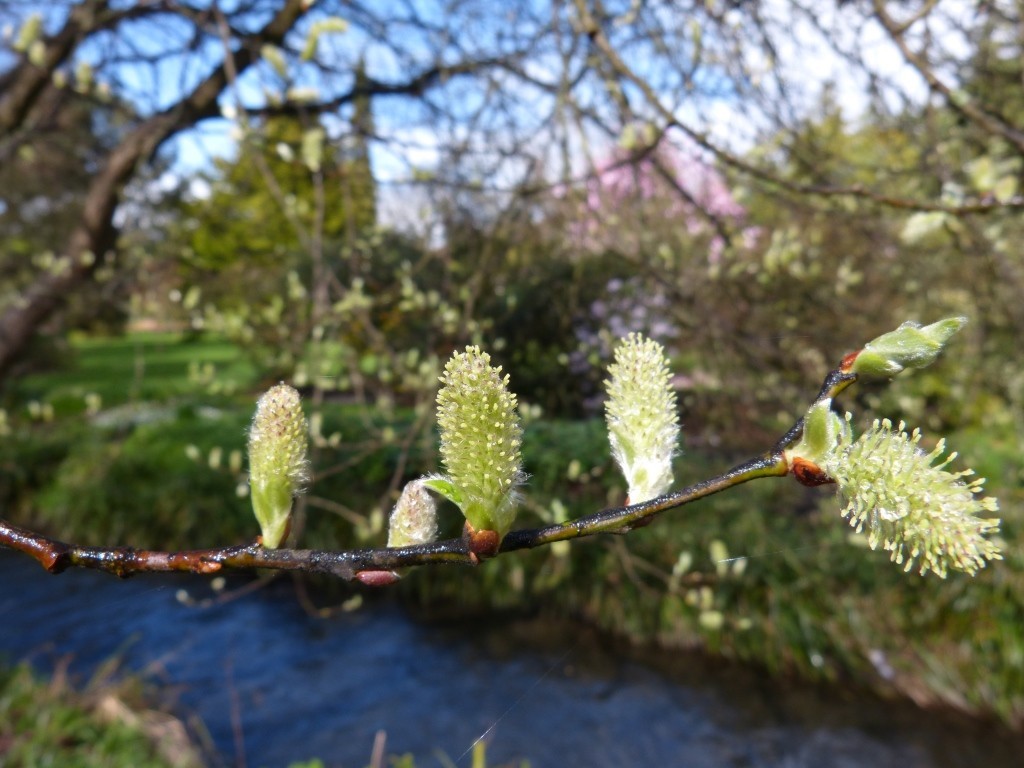
The pretty flowers of willow is a nice, springtime treat (Photo: Sean Fagan).
.
This is a hugely popular bushcraft tree and for good reason - as willow has many diverse outdoor uses. For now we are focusing on the merits of its twigs, which are great.
Like elder, willow trees have an abundance of dead twigs still attached to the tree. Often these twigs are dry and thin and long. Long, dead twigs are an advantage for the small twig fire as they allow for a better fire lay.
Willow twigs are among some of the best kindling you can find. Whenever I light a fire with willow twigs I usually make sure to suspend my billy can full of water over my fire-lay. The exceptionally high flames of burning willow twigs boils my water in a short period of time. I can often boil a pot of water with the twigs alone.
Typically, willows occur on moist soil. There are over 400 willow species occurring across the cold and temperate regions of the northern hemisphere. But even this species count on willow trees is inconclusive as many willow species readily hybridise with each other.
.
*The key ID features of Willow trees can be found here.
.
3. HOLLY (Ilex spp.)
Irish name: Cuileann (Pronounced kull-ian or cool-aane)
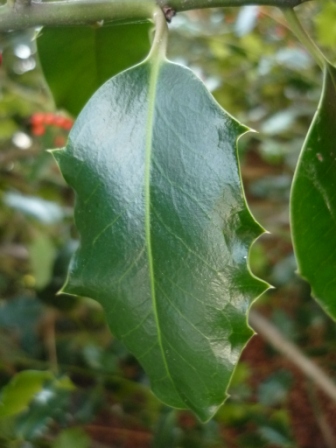
The glossy, evergreen leaves of the European Holly are very distinctive. The leaves are bordered with a wavy margin of formidable spines. Textually, the leaves quite tough and when crushed, they feel waxy (Photo: Sean Fagan).
.
A fantastic tree, and similar to elder - it's often overlooked because it's a smallish tree that often inconspicuously inhabits deciduous woodlands as an under-story tree.
But it's truly a great tree.
I won't go into the many bushcraft merits of holly, but the trees are adorned with many thin, dry and dead twigs that are still attached to the tree. Also, the twigs are often covered in a slightly flammable, peeling bark.
Holly is a very easy tree to recognise as its evergreen, spiny foliage is all the identification cues you need to positively identify.
Do yourself a favour. Get to know this tree if you haven't already. And if you are familiar with this tree, consider using it more as an outdoor resource.
.
*The key ID features of the Holly tree can be found here.
.
.4. BIRCH (Betula spp.)
Irish name: Beith (Pronounced Beth)
.
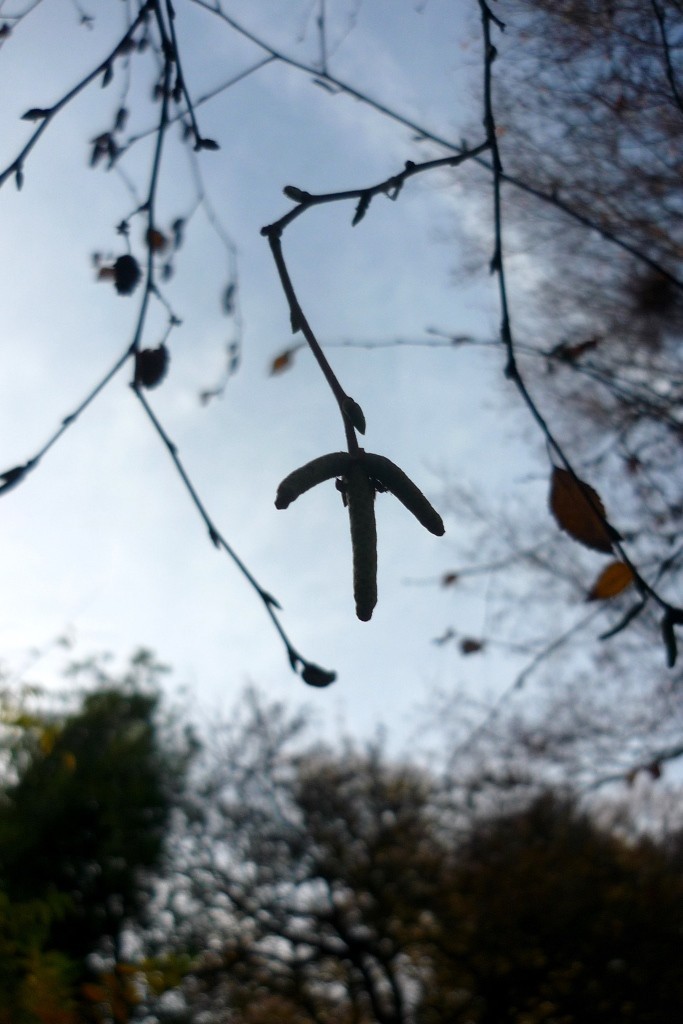
The unusual, three-pronged catkins of a birch tree (Photo: Sean Fagan).
.
Does this tree really need any introduction?
Birch trees have a huge geographic distribution. Most importantly they are found throughout the temperate woodlands of the northern hemisphere right through to the more colder, northerly latitudes. They are one of the few deciduous tree species that have successfully evolved to inhabit the vast region of the northern forest, which are typically dominated by coniferous tree species such as pines, firs and larches.
All in all, the humble birch tree is a very resilient survivor.
The twigs of the birch trees are outstanding in large part due to the flammable bark. Even birch twigs collected from the woodland floor are often still flammable as the damp-proof bark greatly delays the decomposing effect of moisture within wood (it's not uncommon to find dead birch twigs with most of the wood decomposed with a well intact bark exterior.

Collectively, the 40 plus species of birch trees inhabit a massive geographic range throughout the temperate and boreal regions of the northern hemisphere (Photo: wikimedia commons).
.
*The key ID features of the birch tree can be found here.
.
5. HAZEL (Corylus spp.)
Irish name: Coll (Pronounced koll)
.
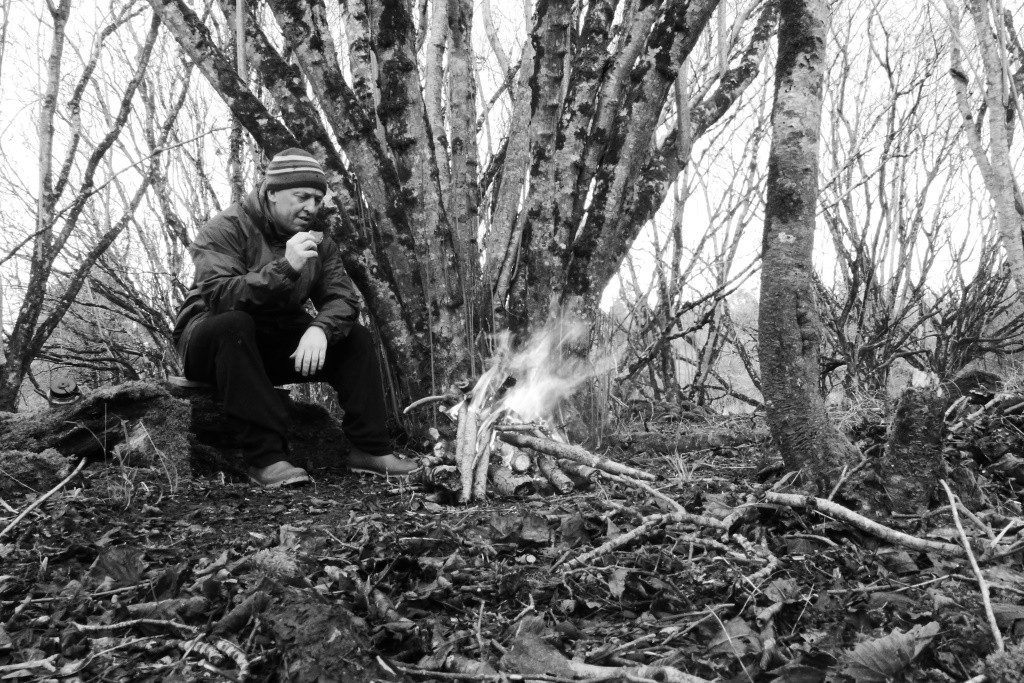
A campfire photo of myself (I'm a little too fond of campfire photos). In background, a hazel tree that was most likely coppiced. Coppiced hazels typically have a multi-branch growth pattern from ground level (Photo: Sean Fagan).
.
Hazel is another tree, like birch, that has gathered an impressive amount of lore through the ages.
Similar to birch, hazel has many traditional, practical uses.
Hazel is a small tree, with a typically shrubby appearance, especially when coppiced.
In times bygone in Ireland, the hazel tree was generally revered, mostly because of its edible nut and long, straight, flexible branches.
One of it's most interesting Irish names is Coll agus Mas, meaning the nut and the stave alluding to the edible hazel nut and long straight branches of the hazel tree.
The hazel nut was a much sought after wild edible during prehistoric times.
And the long, straight flexible branches of the hazel tree had a great number of practical applications.
.
*The key ID features of the hazel tree can be found here.
Conclusion
.
All the above trees provide an abundance of long, dead, dry twigs of a small diameter...ideal for kindling.
In addition the trees listed are relatively abundant and widely distributed their ranges, making them a readily accessible bushcraft resource for fire-lighting.
I always make the effort to preferentially select dead twigs from these tree species over many other trees species when given the choice.
I find they give me a serious fire-lighting edge (especially in damp weather).
So keep an eye out for the five above trees species when you want to quickly light a fire in the woods.
Also, knowing a wide variety of trees and the flammable properties of their twigs could possibly save your life when a warming fire is needed to be quickly lit, first time.
.
.
Related articles on this website:
.
*Check us out on Instagram, Twitter & Facebook for more outdoor-related topics.

Recent Comments